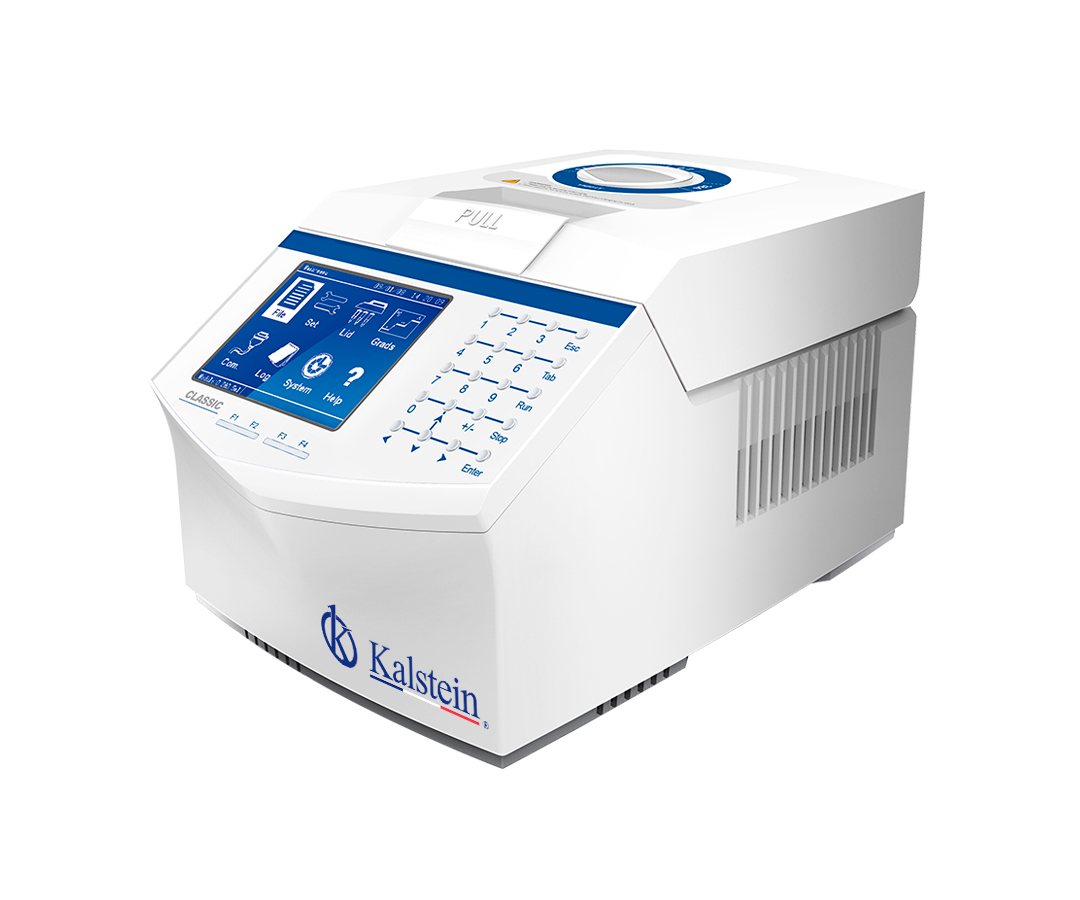Thermal cyclers or thermal sequencers are laboratory equipment, which allow to carry out the amplification of DNA molecules using the PCR (Polymerase Chain Reaction) technique, through cyclical changes in temperatures that in turn generate amplification. of strands of this nucleic acid. This equipment is used for qualitative amplifications or even to quantify the amount of amplified DNA, since it is designed to change the reaction temperature every few minutes, making denaturation and DNA synthesis possible.
The care of the thermal cyclers is something very essential for the laboratories that have this equipment; many of the failures in these can be avoided with a daily maintenance or after each execution of protocols in them; apart from the necessary basic care.
Recommendations for the maintenance of a thermal cycler
Here are a series of steps to follow to keep your thermal cycler in optimal working condition:
- Never use abrasives, solvents or acid solutions as these damage the external and internal part of your thermal cycler.
- Clean the casing or outside of the thermal cycler with a soft cleaning cloth or paper; This should be slightly moistened with a neutral pH soap solution; failing that, you can use the computer cleaning cloths which you can purchase at any dedicated house (do not use waxes or abrasives).
- Clean the wells of the thermal cycler (check that they are not hot), the wells should never have material adhered to them; the cleaning process is simple, for this use swabs or swabs; wet with isopropyl alcohol / isopropanol, failing that with methanol. If the wells of the thermoblock are highly attacked by external material adhered to them, proceed with caution and carry out the following operation, dilute sodium hypochlorite from any commercial house in a 1: 100 ratio with water, with a swab or swab moistened in the liquid / solution clean wells, then immediately use 95% ethanol; never leave the wells damp, proceed to clean and remove residual moisture with a dry swab or swab.
- Clean the thermal area of the lid with a soft cleaning cloth or paper moistened with isopropyl alcohol. These steps described are valid in the event of an originated spill; Remember do not allow liquids to dry in the aforementioned areas. They affect the performance of the sensors by giving false data to the internal processors.
- Another part of ongoing maintenance is cleaning the vents; Your thermal cycler depends a lot on the ventilation system, it should not be obstructed by particles adhering to the ventilation system and for its optimal operation it should not have other equipment that emits heat or has a demand for air to cool within a 30 cm radius.
- The cleaning process is done as follows; disconnect the power source be sure to wait a few minutes as the equipment may still have an electrical charge (try to eliminate its static by touching a metal part of your installation such as a door knob); take a small brush and gently clean the vents; If you think that some particle might try to penetrate when brushing, just avoid that area and continue; Once the process is finished, you can wipe with a cloth moistened with isopropyl alcohol / isopropanol or a soft computer cleaning cloth (do not use waxes).
At Kalstein we are MANUFACTURERS and we offer you an excellent range of thermal cyclers at the best PRICES on the market. That is why we invite you to take a look HERE

